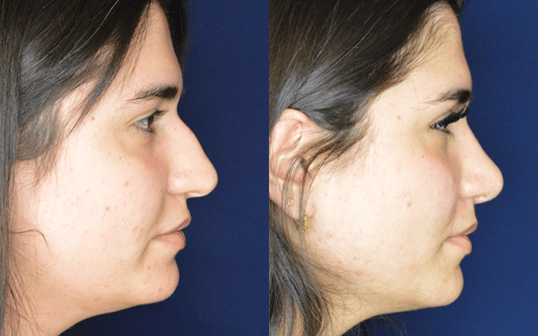
Rhinoplasty – Your Nose. Transformed.
Rhinoplasty may be the most challenging procedure in plastic surgery of the face. It is the focal point of the face and one of the defining features of your profile. It has the ability to unite the features of the face and improve confidence. A nose job or rhinoplasty can not only address any concerns you have with the appearance of your nose, but can also improve your breathing. Whether you’re looking to get rid of a “dorsal hump” or you’ve had trauma to your nose, we can create the right nose for you.
Discover Our
Before & After Gallery
You can view NorCal Plastic Surgery’s before and after photo gallery to see the remarkable results achieved by Dr. Rankin and our team of skin care experts and aestheticians. Click to see more real patient photos.

Take the Next Step
Want to learn more about how Rhinoplasty can help you gain more confidence in your appearance? Schedule your consultation with NorCal Plastic Surgery by calling our East Bay location at (925) 856-4800 or our North Bay location at 415-727-9666, or by filling out the consultation request form below. We look forward to helping you achieve your aesthetic goals.